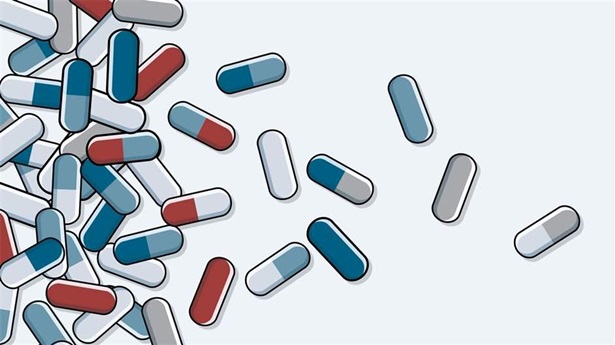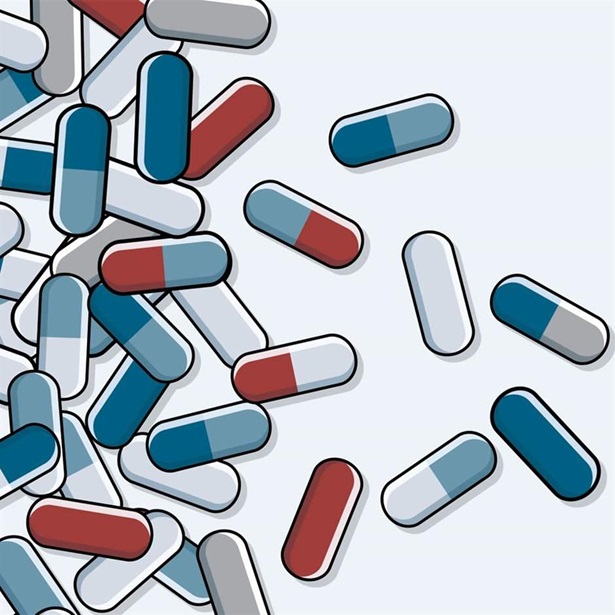Unnecessary Outpatient Antibiotic Use Endangers Kids
Health systems and payers can protect patients by encouraging responsible prescribing

Health professionals know well that overusing antibiotics accelerates the development of drug-resistant bacteria, the so-called superbugs that infect at least 2.8 million Americans and kill more than 35,000 each year. What may be less widely discussed is the fact that antibiotic misuse harms people in other ways — and increases healthcare costs.
According to our recent study, children who were inappropriately prescribed antibiotics were several times more likely to develop adverse drug events, including life-threatening complications, than children who received appropriate treatment. And, among privately insured children treated as outpatients for seven common infections, antibiotic misuse increased annual U.S. healthcare costs by $74 million — a figure that does not even include children diagnosed with other infections, those covered by Medicaid, or those with no coverage at all.
The Costs and Dangers of Inappropriate Prescribing
Along with our co-researchers, we examined anonymized healthcare claims for 2.8 million children and found that inappropriate prescribing ranged widely — from 4% to 70% — depending on the infection. Sometimes antibiotics were improperly used to treat viral infections, which don't respond to these drugs. At other times, powerful, broad-spectrum antibiotics (e.g., azithromycin and cefdinir) were prescribed to treat bacterial infections for which medical guidelines recommend more targeted treatments (e.g., amoxicillin).
This second category is where we found the highest costs and most serious adverse events: Children who received broad-spectrum antibiotics for bacterial ear, throat, or sinus infections were three to eight times more likely to develop potentially life-threatening Clostridioides difficile (formerly known as Clostridium difficile) infections than children who were prescribed a more targeted medication. In 2017, this pathogen caused about 223,900 hospitalizations and 12,800 deaths in the U.S.; the harmful microbe can proliferate when strong antibiotics wipe out the good bacteria in the gut.
How Antibiotic Stewardship Protects Patients
Fortunately, research has shown that antibiotic stewardship programs — which provide prescribers with professional education, data about their own and their peers' prescribing rates, and clinical decision support tools, such as medical guidelines and electronic alerts — are an effective way to reduce inappropriate antibiotic prescribing. This, in turn, protects patients: One study estimates that reducing antibiotic prescribing for adults by 10% in outpatient settings could reduce community-associated C. diff infections (contracted outside of healthcare settings) by 17%. This likely protects children as well, though more research is needed to quantify the benefits.
The good news is that 91% of U.S. hospitals have comprehensive antibiotic stewardship programs that meet all seven core elements recommended by the CDC.
Expanding Outpatient Stewardship Efforts
Unfortunately, outpatient facilities are lagging when it comes to antibiotic stewardship initiatives. But, two healthcare stakeholders have an opportunity to improve outpatient antibiotic stewardship: payers (public and private insurers) and health systems.
Payers can examine their medical and pharmacy claims to assess the prescribing practices of providers within their network — and offer these providers personalized feedback. They can also educate patients and providers on antibiotic resistance and the need for antibiotic stewardship. Finally, they can incentivize expanded antibiotic stewardship efforts by incorporating them into healthcare quality improvement efforts. Fortunately, the CDC recently published an antibiotic stewardship toolkit for payers.
Meanwhile, health systems with existing stewardship programs in their hospitals should extend them to their outpatient facilities. Because health systems have data and analytic infrastructure often lacking in outpatient facilities, they could analyze the outpatient prescribing data and provide feedback that informs future prescribing. For example, if a doctor learns from the data that he or she prescribes broad-spectrum antibiotics more often than peers, then he or she might be more likely to select more targeted drugs moving forward. Furthermore, health systems are uniquely positioned to drive stewardship — because prescribers are more likely to trust information that comes from within their own organization.
It is encouraging to see hospitals taking the threat of superbugs seriously. But antibiotic misuse is not just an issue of resistance, and it does not happen just in hospitals. We encourage health systems and payers to incentivize stewardship at outpatient facilities, to harness the data at their fingertips and learn from it — and, ultimately, to improve prescribing, save money, and protect children.
David Hyun, MD, directs Pew's antibiotics resistance project. Anne Mobley Butler, PhD, is an assistant professor of medicine at the Washington University School of Medicine in St. Louis.
This piece was originally published in Medpage Today.












